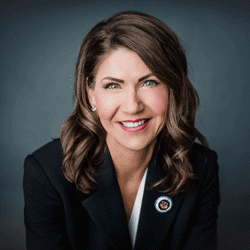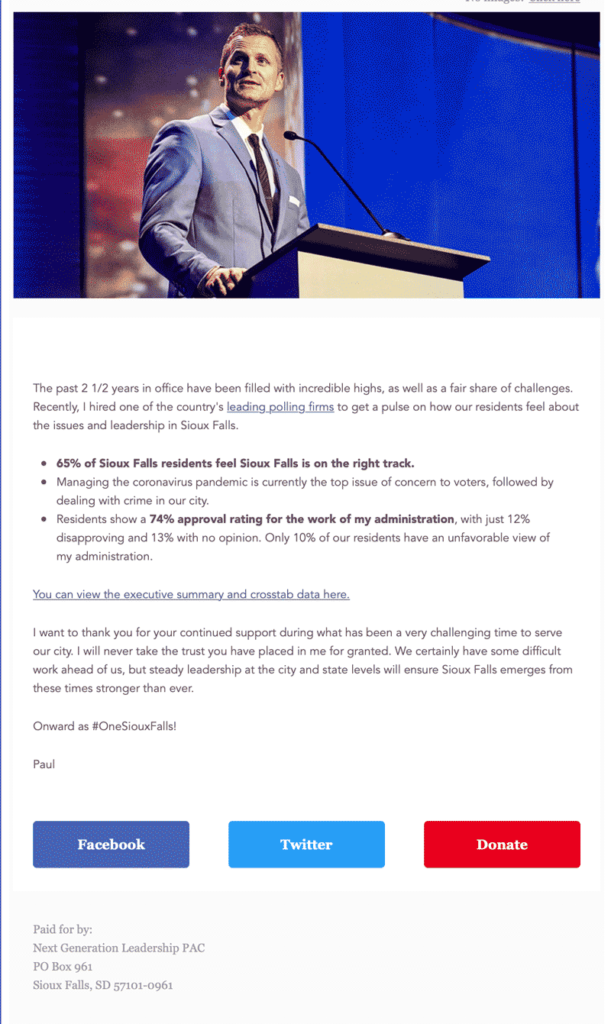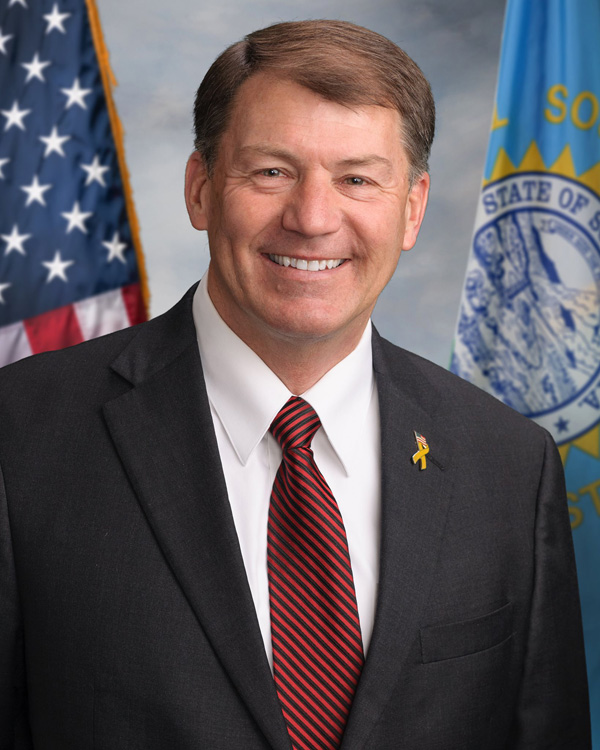Governor Kristi Noem’s Weekly Column: An Update on South Dakota’s COVID-19 Response


An Update on South Dakota’s COVID-19 Response
By Governor Kristi Noem
I always knew that South Dakota could be an example to the nation; I never expected that such an example would be set in the midst of a global pandemic. But the work that South Dakota did wasn’t just me. It was our team at the Department of Health, the countless medical professionals across our state, teachers, law enforcement officers, grocers, small business owners, moms, dads, grandparents, you name it.
It was each and every South Dakotan who stepped up and made our approach work.
Recently, a prominent national reporter sent me a note that said: “Governor, if you hadn’t stood against lockdowns, we’d have no proof of just how useless they really have been.” Given that many in the mainstream media have been attacking South Dakota for respecting our people’s freedom and personal responsibility, this note was incredibly encouraging. It was also a shout out to the incredible work that each and every one of you have done.
This past week, the state legislature briefly met to discuss how we can best utilize the money that the federal government sent us to help respond to the COVID-19 pandemic. I have spent countless hours on the phone and in DC asking for flexibility in how South Dakota can spend this money. But the Department of Treasury tells us that it can only be used to cover costs – very specific costs. I appreciate the legislature’s hard work. The proposal that they put together is reasonable and gives us the flexibility to help as many of our citizens as we can within the Department of Treasury’s parameters.
To date, we’ve allocated funding for state and local governments to respond to the virus.
Tourism, the number two industry in the state, has taken a tremendous hit. But Treasury says we can use this money on tourism efforts. I think many of you have seen our ads promoting South Dakota. As a result, our state parks have been packed with visitors from across the country who want to escape their lockdowns and explore our wide-open spaces.
We set aside $75 million for K-12 schools. We launched a Small Business and Healthcare Provider Relief program, which will provide up to $580 million to help small businesses, community-based healthcare providers, and non-profits negatively impacted by the pandemic.
We also set aside $100 million dollars to the re-employment insurance fund, nearly $100 million dollars for state public safety and public health officials, and more than $20 million dollars for universities and technical colleges.
Together, we will get through this. Together, that’s exactly what we’re doing. It’s important that we remember, especially during difficult times, that we are stronger united, rather than divided. I believe we all have the same goal in mind – making South Dakota safer, stronger, and healthier. Let’s keep working together towards that goal.
###






